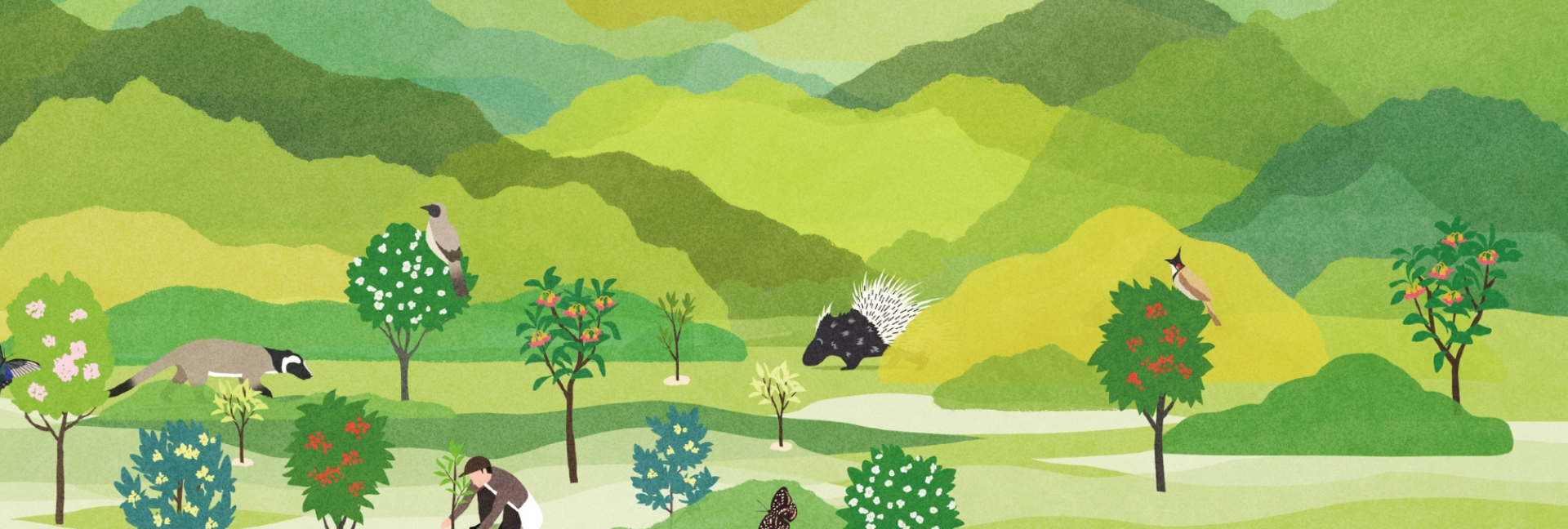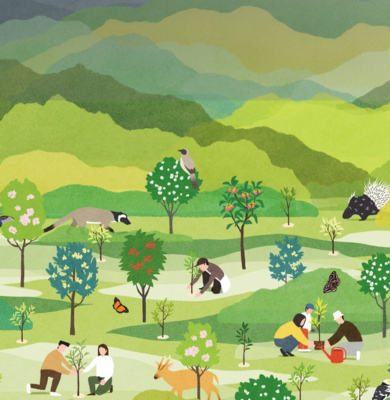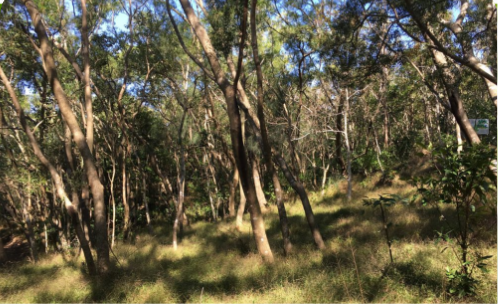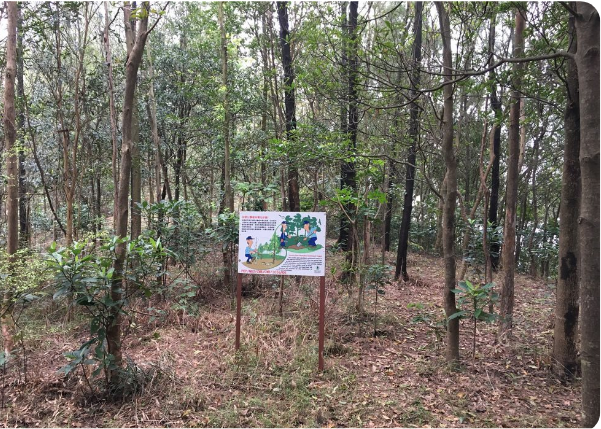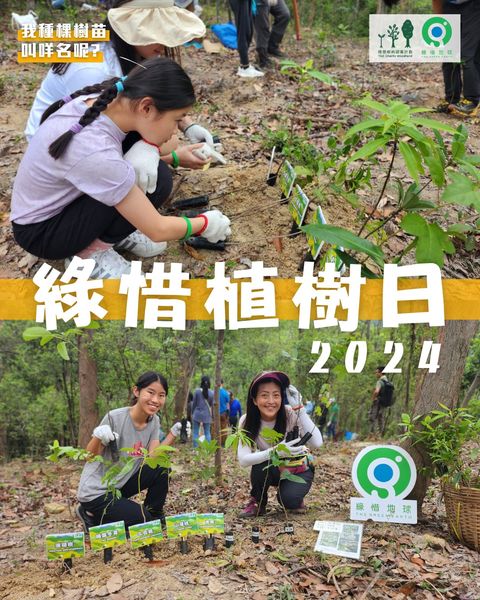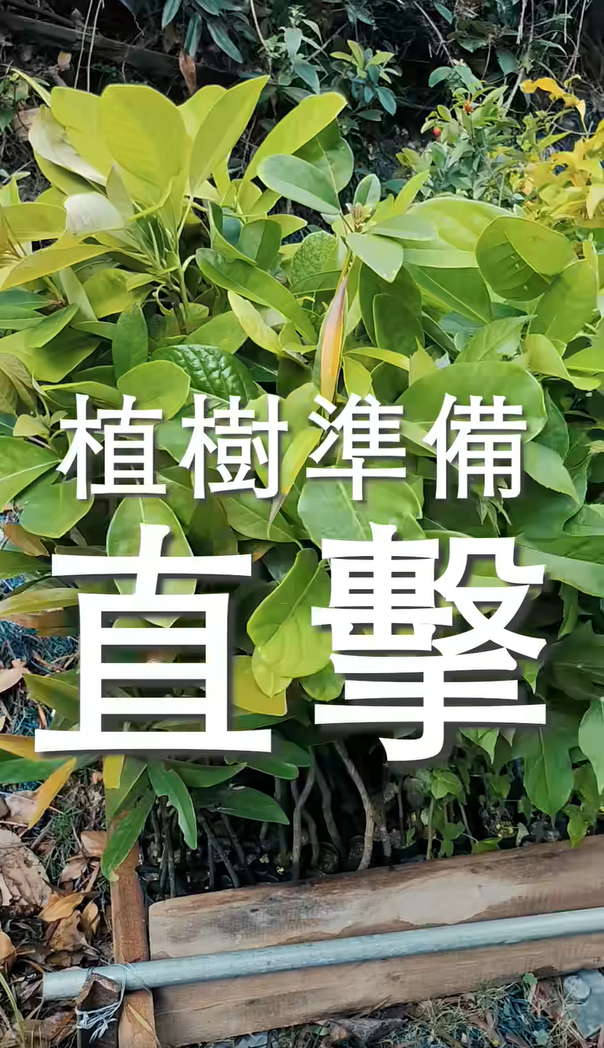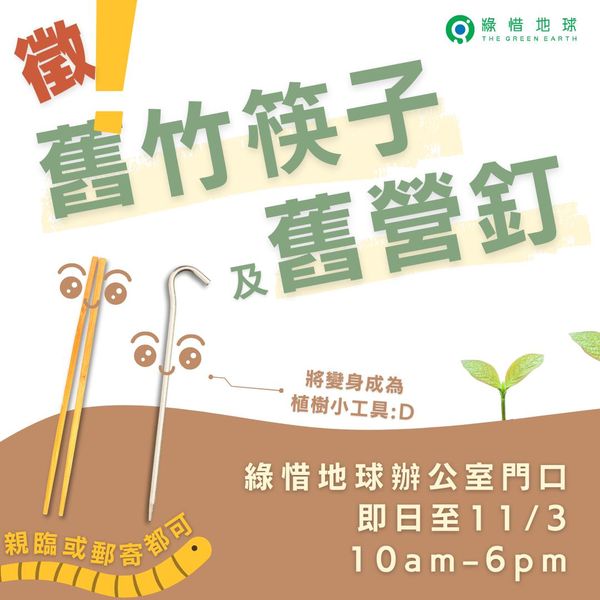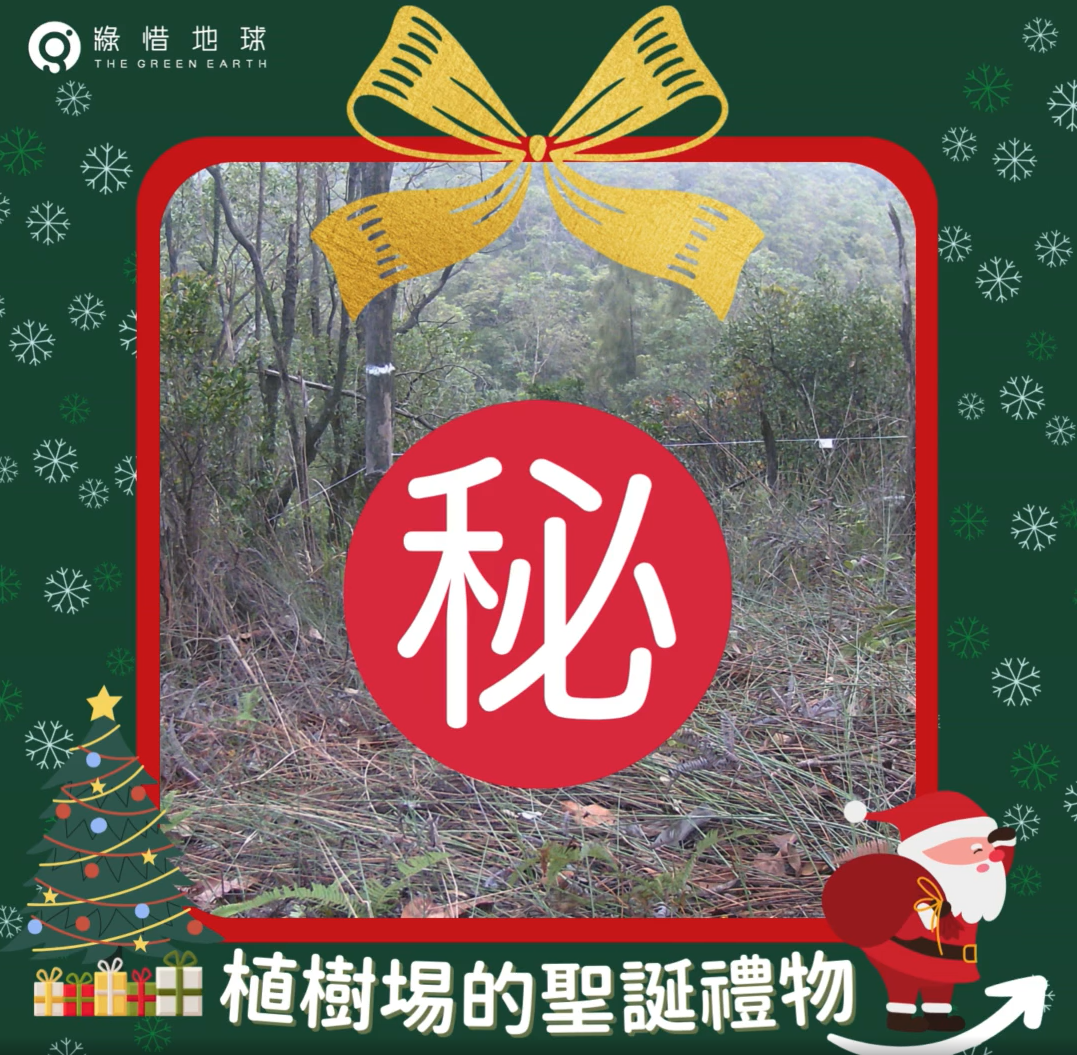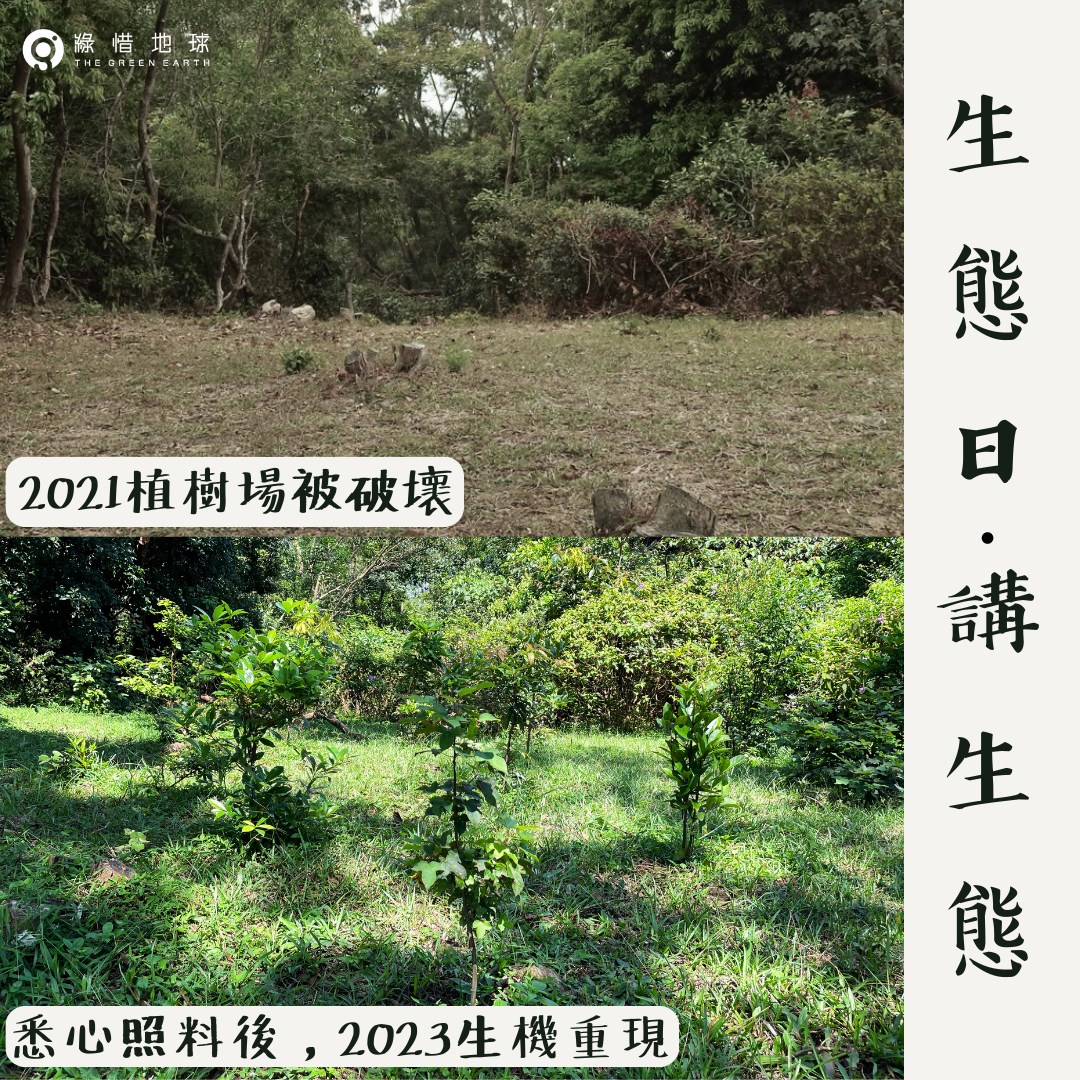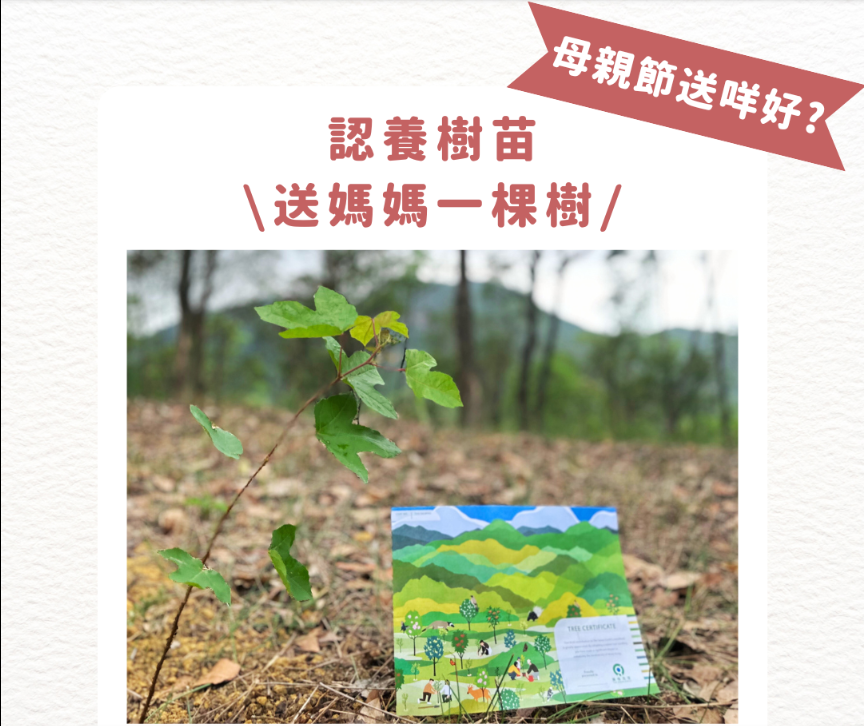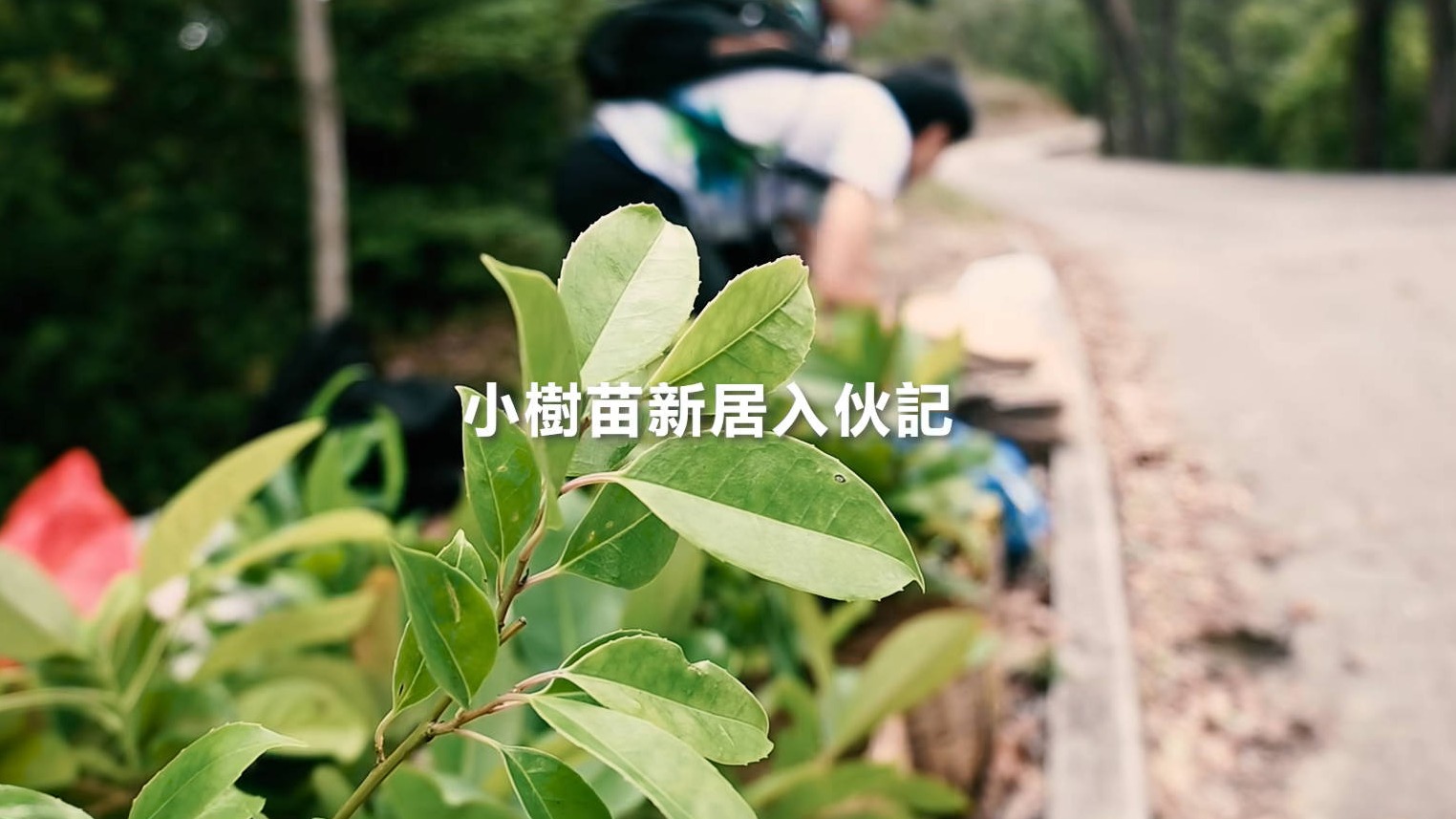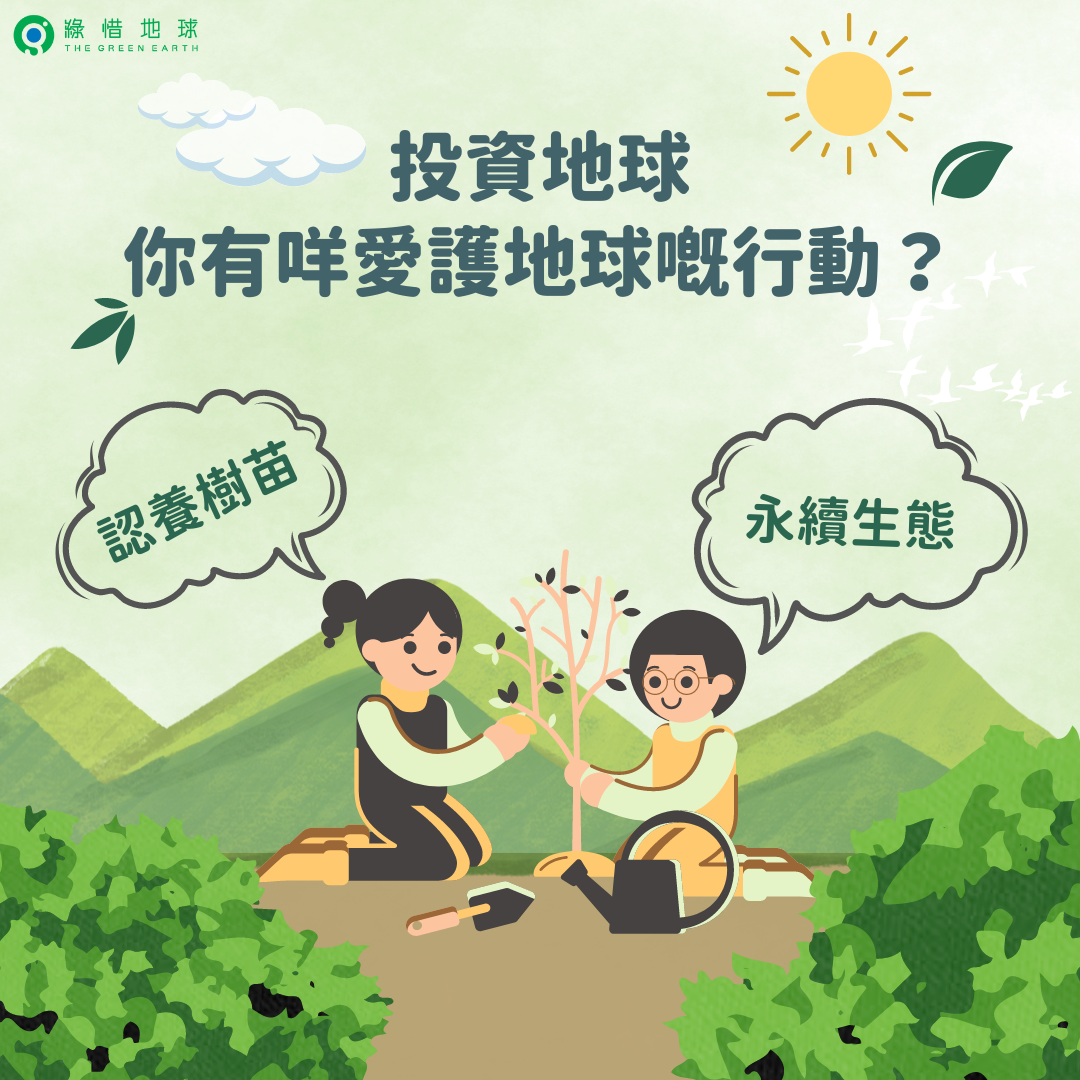
About Plantation Enrichment Programme
Woodlands were largely destroyed during World War II. The Hong Kong government initiated large-scale afforestation efforts to restore barren hillsides and eroded slopes.
Before the 1980s, exotic tree species such as Acacia confusa, Lophostemon confertus, Pinus elliottii were commonly chosen for afforestation. They were widely planted in Hong Kong’s countryside because they could grow on poor soil rapidly and prevent soil erosion effectively.
However, these pioneer tree species face several challenges. These challenges include simultaneous aging and decay, limited growing space, and competitive traits exhibited by some non-native species that hinder the growth of other trees through natural succession. As a result, low biodiversity and slow natural regeneration of native tree species have been observed in these forests.
To enhance the ecological value of these plantations, the Agriculture, Fisheries and Conservation Department (AFCD) launched the “Country Parks Plantation Enrichment Programme” (PEP) in 2009. Major measures include thinning out aging exotic tree species (such as Acacia confusa, Melaleuca cajuputi, and Eucalyptus), planting native tree seedlings, and implementing tree care practices.
The Green Earth joined the programme since 2016, contributing to the establishment of native tree woodlands. By planting native tree seedlings, we aim to enrich the biodiversity of Hong Kong Country Parks and provide a variety of food sources for wildlife.
Coordinator
Supporter
Sponsor

(2017-2021) (2020-2024) (2025- )

(2023-2028)

(2017-2021) (2018-2022) (2019-2023) (2021-2025) (2022-2026) (2023-2027)

(2021-2026)
Story Of Woodlands In Hong Kong
It is located next to South East New Territory landfill. The government has established the woodland with mainly Acacia confusa as a natural barrier. Another public plantation project was carried out in 2004. 10,000 seedlings were planted in which 60% were local species. As constantly affected by sea breeze, exotic trees performed better than native species. Acacia confusa has therefore become the dominant species.
How to convert the woodlands?
The process will take at least 5 years.
Different from normal tree-planting activity, all PEP procedures are conducted in existing woodlands. It will be a new experience to most members of the public.

Step 1
Divide the woodland into many study quadrats

Step 2
Strategically remove exotic tree species within the designated quadrats

Step 3
Replace with native tree species

Step 4
Annual growth check and tree-care maintenance (like weeding and adding fertilizer)

Step 5
Conduct ecological survey regularly
Native Tree Species

Sweet Gum
English Common Name
Sweet Gum
Scientific Name
Liquidambar formosana
Flowering Period: March-June
Fruiting Period: July-September
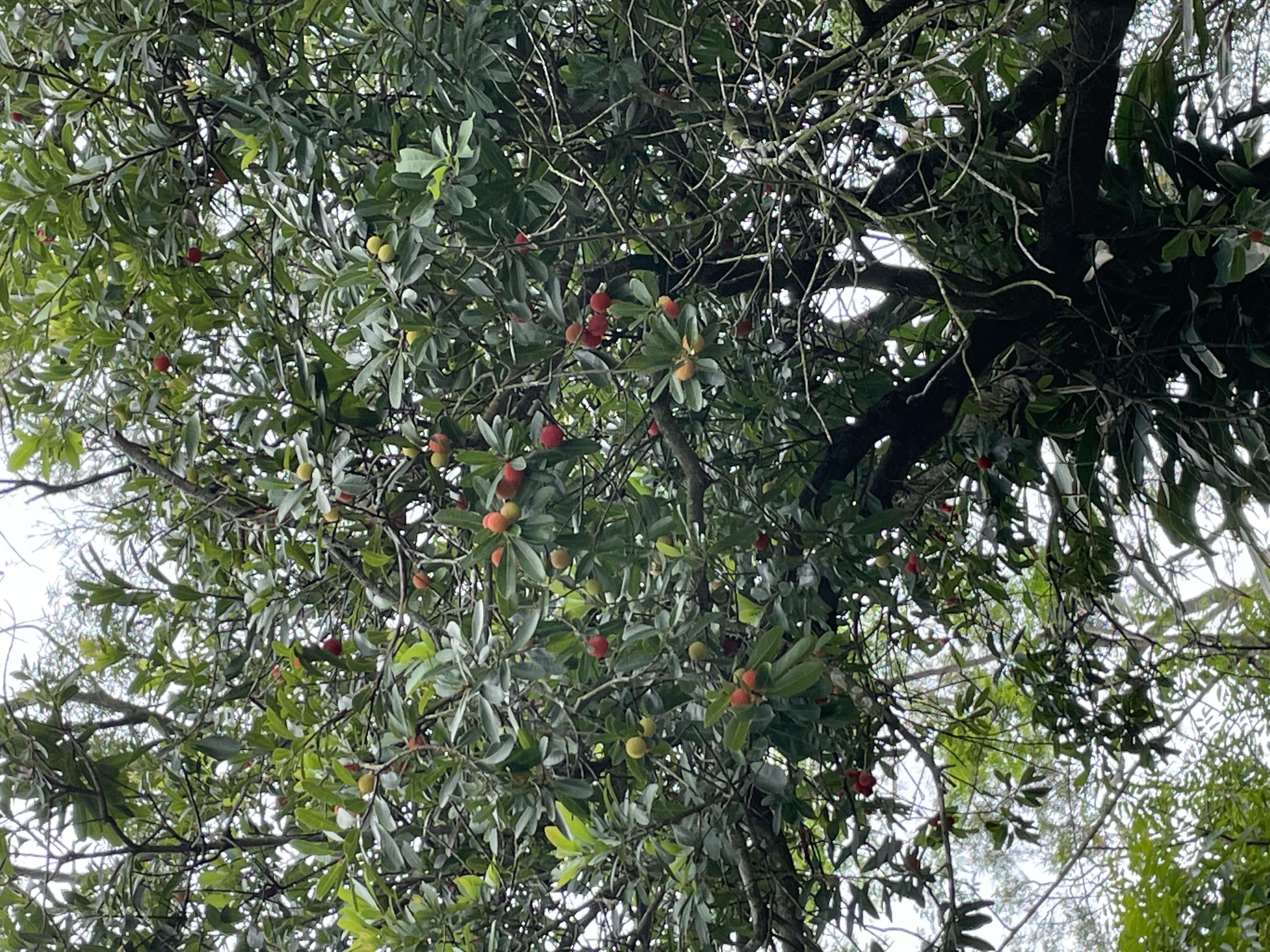
Strawberry Tree, Yang Mei
English Common Name
Strawberry Tree, Yang Mei
Scientific Name
Morella rubra
Flowering Period: April
Fruiting Period: June - July

Thick-leaved Oak
English Common Name
Thick-leaved Oak
Scientific Name
Cyclobalanopsis edithiae
Flowering Period: April
Fruiting Period: October

Nodding Wikstroemia
English Common Name
Nodding Wikstroemia
Scientific Name
Wikstroemia nutans
Flowering Period:Nov - Dec
Fruiting Period: March - May
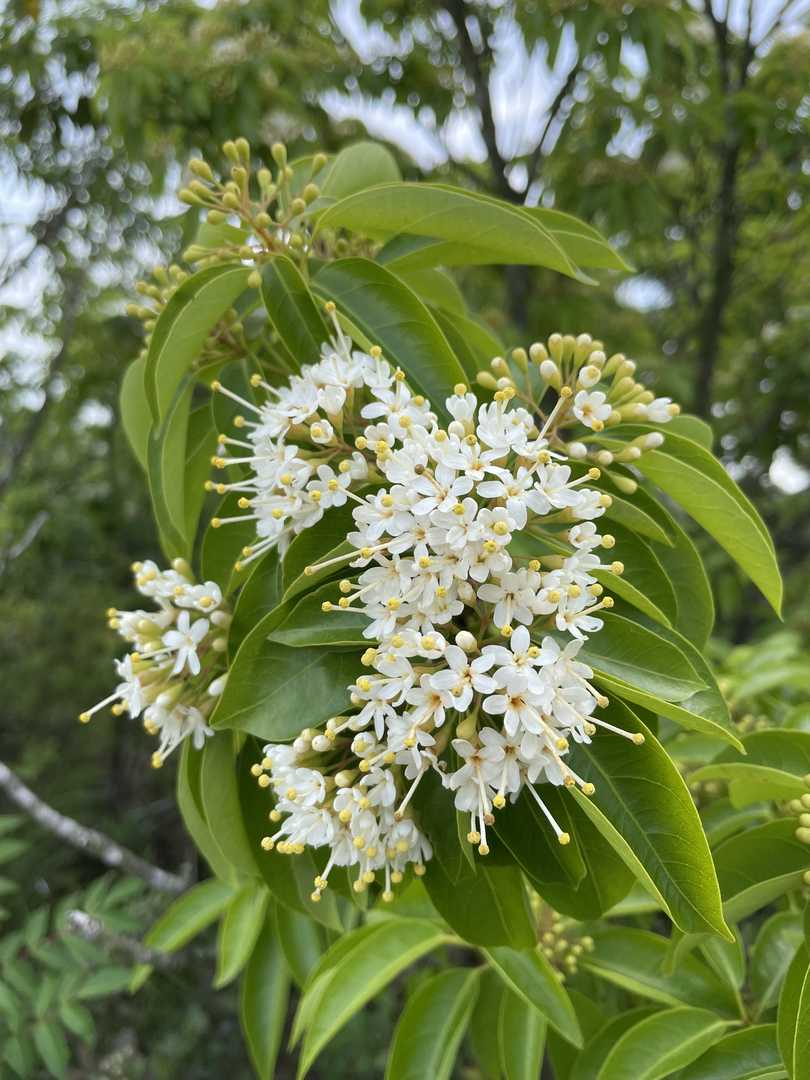
Reevesia, Buch-like Reevesia
English Common Name
Reevesia, Buch-like Reevesia
Scientific Name
Reevesia thyrsoidea
Flowering Period: Mar - Apr
Fruiting Period: Jun - Oct

Cape Jasmine
English Common Name
Cape Jasmine
Scientific Name
Gardenia jasminoides
Flowering Period: Mar - July
Fruiting Period: May - Feb
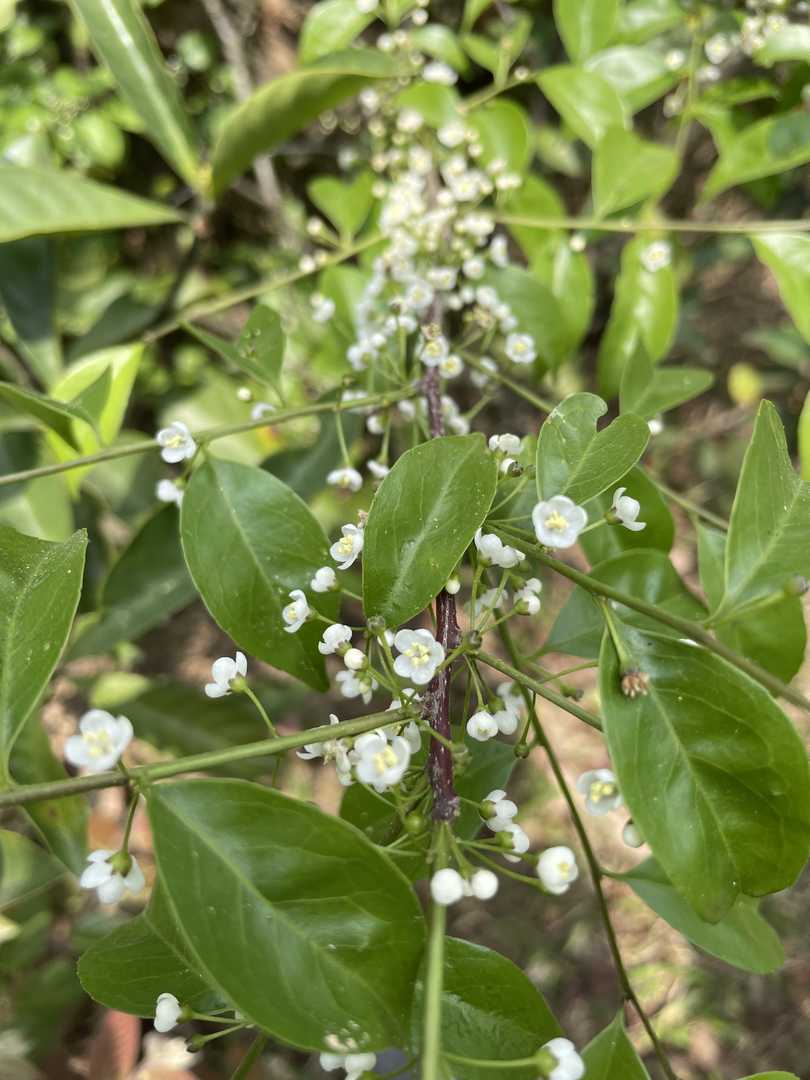
Rough-leaved Holly
English Common Name
Rough-leaved Holly
Scientific Name
Ilex asprella
Flowering Period: Mar - Apr
Fruiting Period: Apr - Oct

Lance-leaved Sterculia
English Common Name
Lance-leaved Sterculia
Scientific Name
Sterculia lanceolata
Flowering Period: Apr - May
Fruiting Period: Aug - Sep

Tea
English Common Name
Tea
Scientific Name
Camellia sinensis
Flowering Period: Oct - Feb Fruiting Period: Aug - Oct

Rhodoleia
English Common Name
Rhodoleia
Scientific Name
Rhodoleia championii
Flowering Period: Feb - April Fruiting Period: May-August
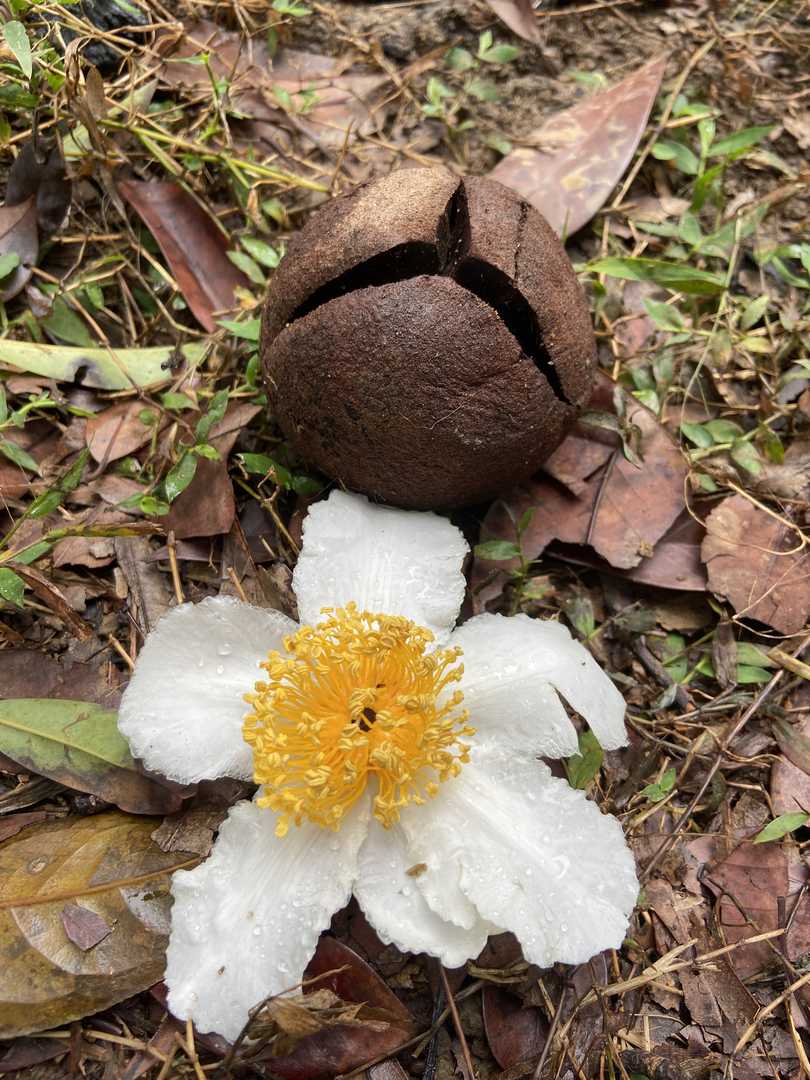
Crapnell`s Camellia
English Common Name
Crapnell`s Camellia
Scientific Name
Camellia crapnelliana
Flowering Period: Dec Fruiting Period: June to Sept

Chinese Eurya
English Common Name
Chinese Eurya
Scientific Name
Eurya chinensis
Flowering Period: Dec - Jan Fruiting period: March - May
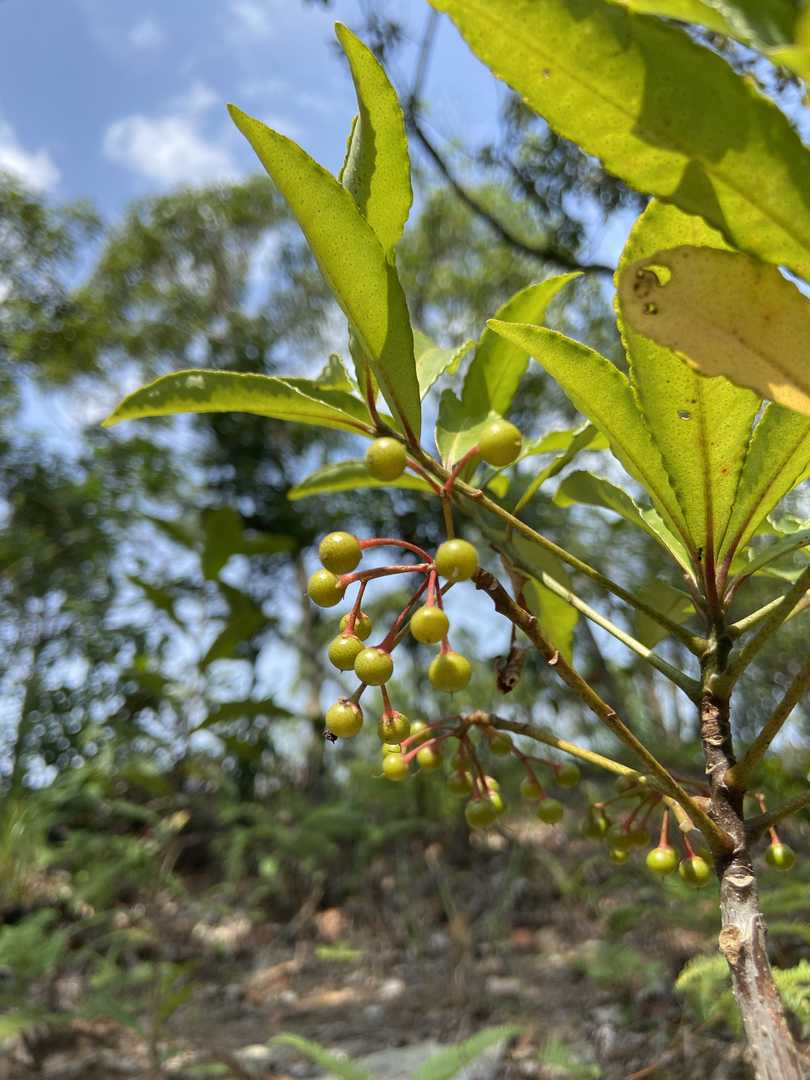
Hilo Holly
English Common Name
Hilo Holly
Scientific Name
Ardisia crenata
Flowering Period: May - June Fruiting Period: Oct -Dec

Hong Kong Hawthorn
English Common Name
Hong Kong Hawthorn
Scientific Name
Rhaphiolepis indica
Flowering Period: March - June Fruiting Period: July - August

Emarginate-leaved Ormosia, Shrubby Ormosia
English Common Name
Emarginate-leaved Ormosia, Shrubby Ormosia
Scientific Name
Ormosia emarginata
Flowering Period: May - July Fruiting period: Oct - Dec

Calyx-shaped Daphniphyllum、Calyx-shaped Tigernanmu
English Common Name
Calyx-shaped Daphniphyllum、Calyx-shaped Tigernanmu
Scientific Name
Daphniphyllum calycinum
Flowering Period: April - June Fruiting Period: Aug - Nov

Lidded Cleistocalyx
English Common Name
Lidded Cleistocalyx
Scientific Name
Cleistocalyx nervosum
Flowering Period: May - June Fruiting Period: Aug - Sept

Schima, Chinese Gugertree
English Common Name
Schima, Chinese Gugertree
Scientific Name
Schima superba
Flowering Period: June - Aug Fruiting Period: Oct - Dec

Small-fruited Holly, Chinese Holly
English Common Name
Small-fruited Holly, Chinese Holly
Scientific Name
Ilex rotunda Thunb. var. microcarpa
Flowering Period: March - May Fruiting Period: Dec - Feb

Hong Kong Gordonia, Gordonia
English Common Name
Hong Kong Gordonia, Gordonia
Scientific Name
Polyspora axillaris
Flowering Period: Sept - Oct Fruiting period: Nov - Dec
Happy Moments in the Woodland
Read Our Social Posts
How you can participate?
Join as a volunteer
Please register as TGE volunteer
Corporate support
Please call 37088380 or email to [email protected]


 Green Education Programme
Green Education Programme